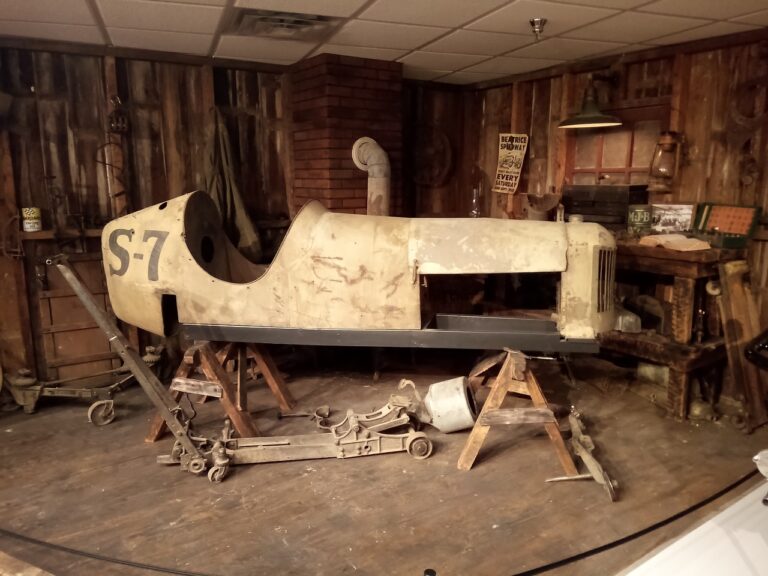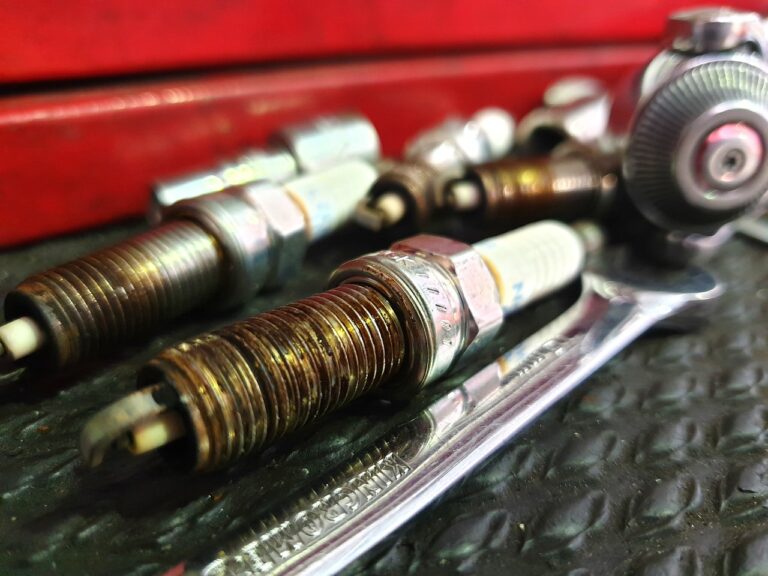The Evolution of Car Transmission Technologies: From Manual to Automatic to Continuously Variable Transmission (CVT)
In the early days of manual transmission, drivers faced a demanding learning curve when operating vehicles. Shifting gears required precise coordination and quick reflexes, often leading to jerky movements as novices navigated the process. This manual method of transmission necessitated a deep understanding of the engine’s power band and the vehicle’s optimal acceleration points to ensure smooth driving.
Additionally, maintaining a manual transmission vehicle demanded regular upkeep and mechanical expertise. Drivers had to be vigilant in monitoring the clutch and transmission system, as any neglect could result in costly repairs. Despite the challenges posed by manual transmission, it laid the foundation for drivers to develop a greater connection and control over their vehicles, fostering a sense of mastery behind the wheel.
The Rise of Automatic Transmission
The introduction of automatic transmission revolutionized the way people drove, providing a convenient and user-friendly alternative to manual transmission. With a simple gear selector allowing for seamless transitions between gears, automatic transmission vehicles quickly gained popularity among drivers seeking a more effortless driving experience. This transition marked a significant shift in the automotive industry, with more and more car manufacturers opting to produce vehicles equipped with automatic transmission for the mass market.
The widespread adoption of automatic transmission vehicles also led to advancements in technology and innovation within the automotive sector. Engineers focused on refining automatic transmission systems to enhance efficiency and performance, resulting in smoother gear shifts and improved fuel economy. As consumer demand for automatic transmission vehicles continued to grow, car manufacturers invested heavily in research and development to further improve the reliability and functionality of these systems, solidifying automatic transmission as a staple feature in modern vehicles.
What is the difference between manual and automatic transmission?
Manual transmission requires the driver to manually shift gears using a clutch pedal and gear stick, while automatic transmission shifts gears automatically without any input from the driver.
Why has automatic transmission become more popular over the years?
Automatic transmission has become more popular due to its convenience and ease of use, especially in heavy traffic or city driving situations.
Are automatic transmissions more expensive to maintain than manual transmissions?
Automatic transmissions can be more expensive to repair and maintain than manual transmissions, as they are more complex in nature.
Can you still find manual transmission vehicles in the market today?
Yes, manual transmission vehicles are still available in the market, but they are becoming less common as more people opt for automatic transmission for convenience.
Are there any benefits to choosing a manual transmission over an automatic transmission?
Some drivers prefer manual transmission for the sense of control and engagement it provides, as well as the potentially lower maintenance costs.





